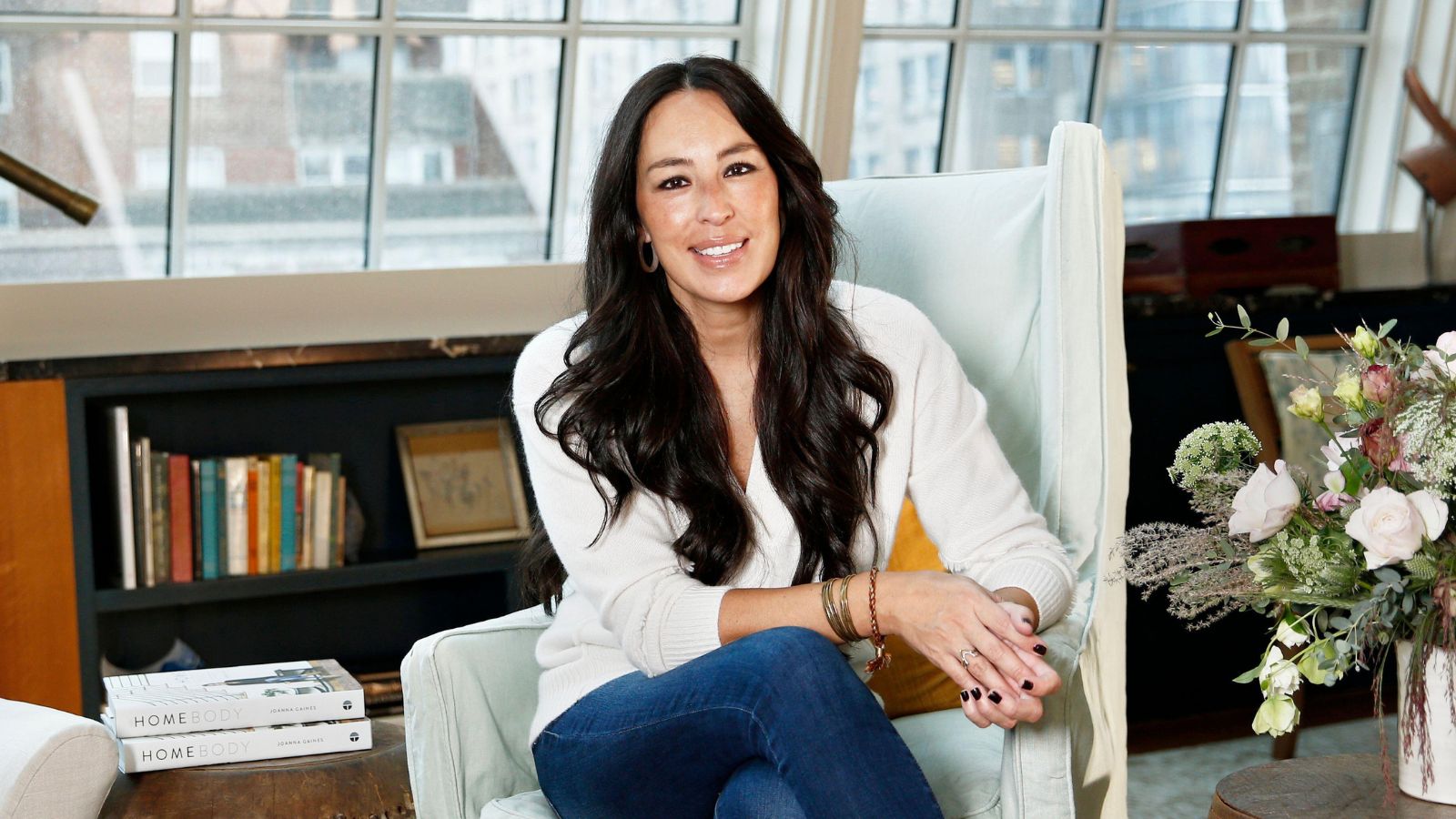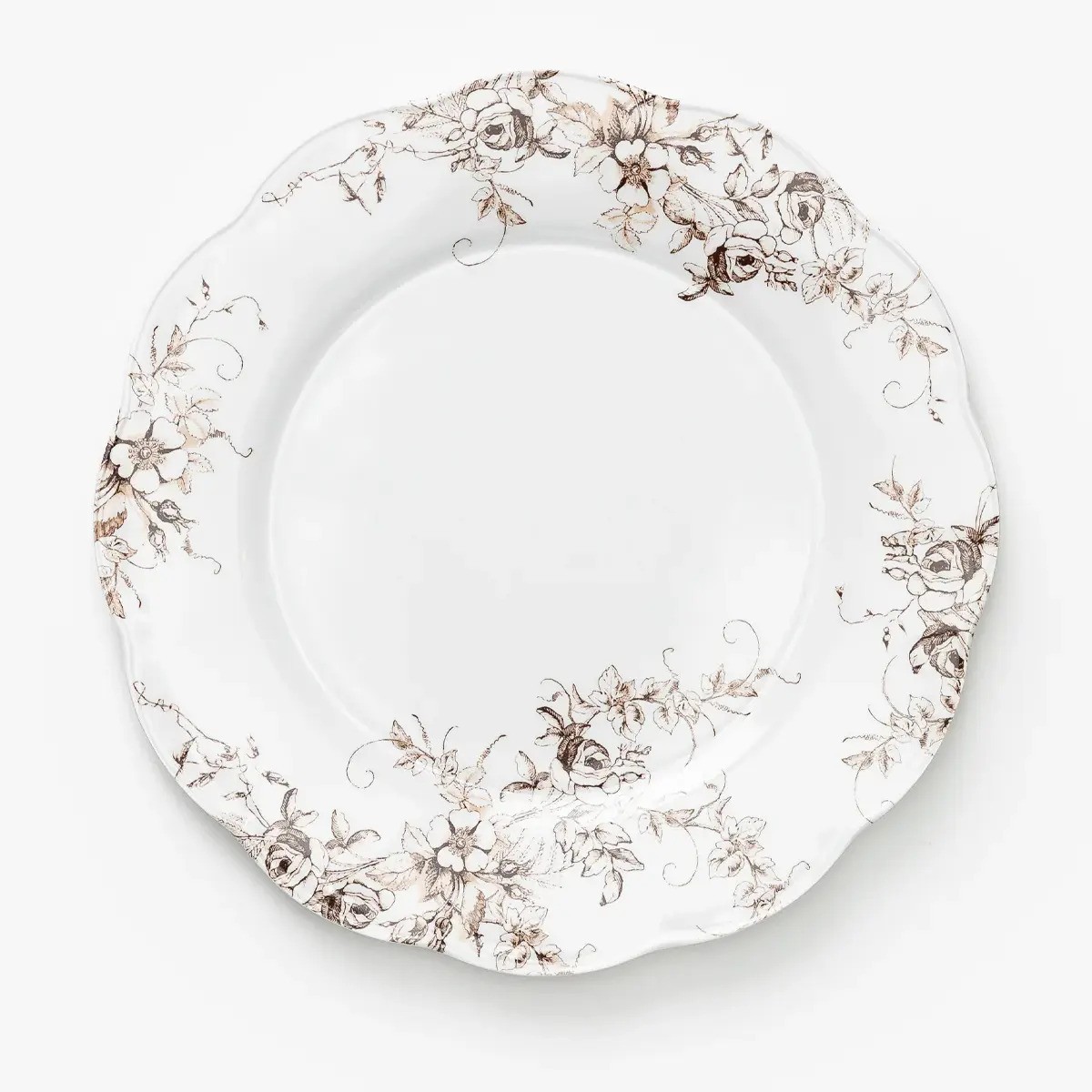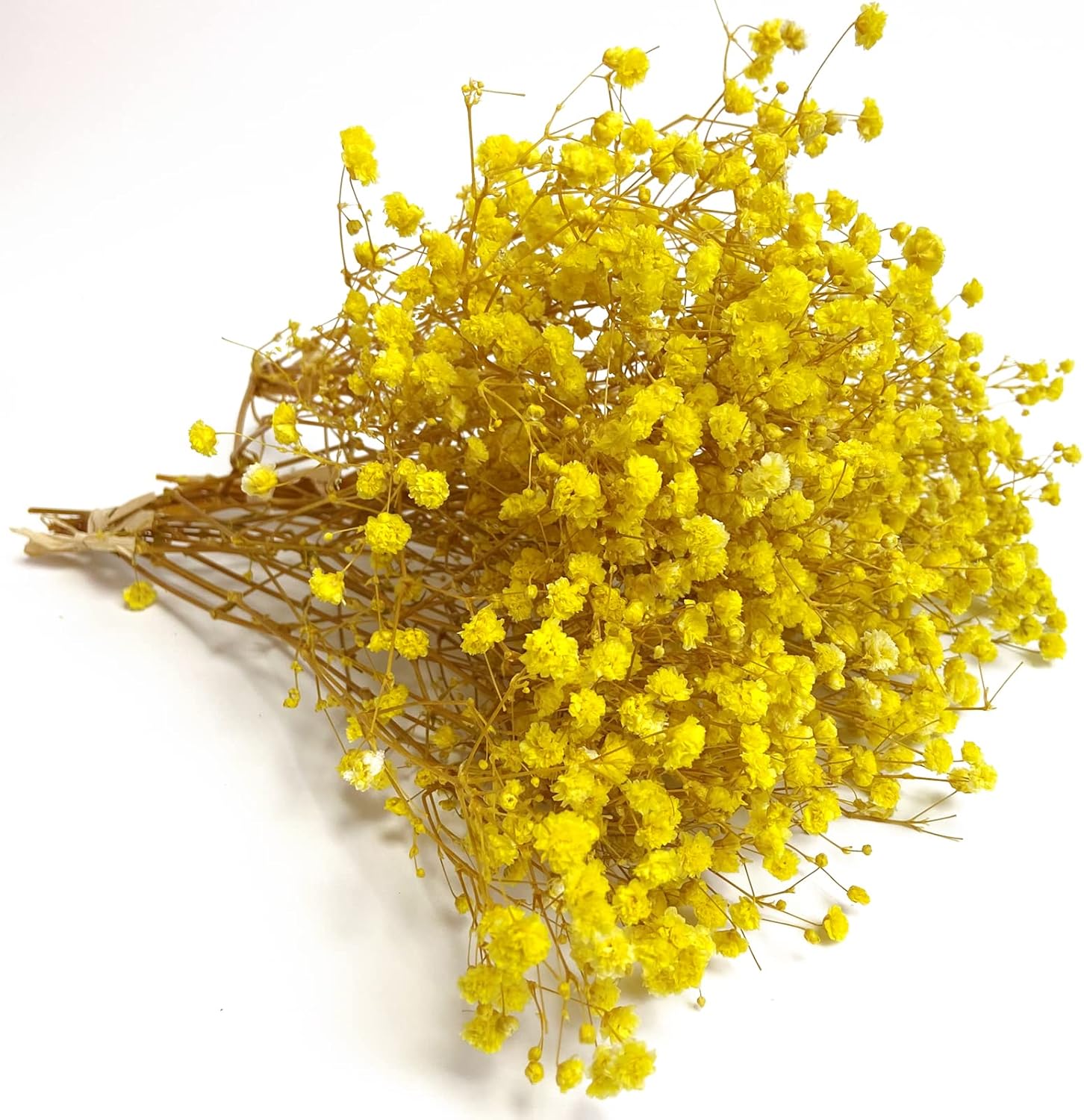Joanna Gaines' kitchen is a masterclass in modern rustic design – 'it will be the most popular trend of 2025'
Gaines expertly combines natural materials, weathered patinas, and a neutral palette, with simple furniture and industrial touches for a contemporary take on the calm country look that draws on Nordic cool


Joanna Gaines Gristmill kitchen is a sight to behold. The former 1800s flour mill, where Gaines' soon-to-air cooking show Magnolia Table is currently filmed is a modern rustic marvel.
In issue 19 of Magnolia Journal, Joanna Gaines explains why she fell in love with this space. 'Natural light poured in through the windows on the ground floor, and there was plenty of space to build out a large kitchen and island,' she noted. It felt authentic, lived-in, and wonderfully rustic.
Characterized by the warmth and beauty that natural materials bring to a space, rustic kitchens embody a pared-back look that celebrates the world of restoration and reclamation. It is a functional aesthetic, edging towards the industrial, but one that also retains the inherent warmth that comes from a traditional kitchen scheme.
A key tenet of modern rustic kitchen design according to Adrian Bergman, design manager at Plain English, is to ‘embrace the natural warmth and charm of architectural details in the kitchen, such as beams or stone walls, which have aged and weathered over the years.’
However, unlike Joanna Gaines, many homes aren’t lucky enough to have these details with which to ground their design. If this is the case, then instead ‘look to introduce elements such as timber cladding, reclaimed countertops and antique pieces of furniture,’ continues Adrian.
For Gaines, and many households around the world, the kitchen is a sacred place that unites everyone in the family. It should be a space that replicates the warmth, comfort and coziness of nature itself.
A post shared by Joanna Gaines (@joannagaines)
A photo posted by on
Drawing on the traditional look of a rural kitchen, a rustic or farmhouse-inspired space must be functional and versatile, while also setting the tone for the rest of the house.
Sign up to the Homes & Gardens newsletter
Design expertise in your inbox – from inspiring decorating ideas and beautiful celebrity homes to practical gardening advice and shopping round-ups.
‘Creating a modern rustic kitchen is not just about the look – it’s about the lived-in feel that it creates,’ explains Leisha Norman, designer at Harvey Jones. ‘One of the best ways to achieve rustic charm is to source items that have their own story: the marks of time, weathering or patina can’t be recreated from a mass-produced item bought in a shop.’
While embracing all the character, patina and riches that natural materials offer the kitchen, it is also important to consider sustainability. Opting for reclaimed pieces gives old, unloved items a new lease of life and will bring a unique personality to your space. This approach will also guide you towards a more relaxed, freestanding design, rather than built-in cabinetry, creating a more rustic look. Pair reclaimed furniture with a few industrial-inspired pieces.
The farmhouse table is the heart of the rustic kitchen – the spot around which family life revolves. Whether it is serving the role of a kitchen island or a dining table, it should be a solidly-made, wooden design, paired with wooden chairs or traditional bench-style kitchen seating. Avoid glass or metal designs, as these will feel more modern and will jar with the rest of the space.
When designing a kitchen with rustic qualities, it is vital that you retain the warmth of the space. Exposed stone walls and concrete countertops can lead to the kitchen feeling cold, so adding color is a great way to inject a burst of warmth. Pick a palette that evokes a late summer/fall garden and you won’t go far wrong. Warm yellows, burnt umbers and rich browns set against neutral walls will create a cozy atmosphere. One great way to add color is with dried flowers of gypsophila and wild garlic hung above the island.
A post shared by Joanna Gaines (@joannagaines)
A photo posted by on
Finally, embrace period features in your kitchen as a backdrop for your rustic design. Leaving wooden beams and flooring exposed will increase the character of your space. This scheme pairs simple storage with a reclaimed table and original stone fireplace for a vintage, always-been-here feel.
Always keep an eye out for beaten planks of wood, which can be used for shelving; old doors, which can be upcycled to create quirky pantry doors; metal hooks and brackets for hanging pots, pans, and utensils; old milk bottle carry baskets to store condiments by the stove; or a paint-splattered wooden ladder that can be made into a bookcase. If you’re lucky enough to find an old sideboard or dresser, snap it up and repurpose it for a key piece of oversized furniture.
Shop the look

The lived-in look is integral to the modern rustic aesthetic, so open shelving and plate racks combine practical storage with decorative details. If you are planning to showcase your serveware, then it needs to be display-worthy, so invest in decorative designs that complement your style, such as these beautiful Avondale Melamine Dinner Plates with floral motifs.

Dried flowers were last a big trend back in the 1980s, although, for some of us, they have remained constant decorations in our homes. Thankfully, though, 2024 is the year the dried flower trend is taking over our homes again – and it is stylish and beautiful. Celebrate the colors of nature with this elegant dried floral arrangement that will last for years. Showcase your creation on internal doors or walls for a touch of rustic, natural beauty.

Add to the lived-in atmosphere of your rustic kitchen by creating a functional display. Showcase antique tableware, vintage finds and accessories on open shelving, like this Kitchen Pantry Cabinet. ‘Having raw or organic items on display also adds to the charm of a rustic kitchen,’ advise Jen and Mar, co-founders of Interior Fox. ‘Think glass storage jars filled with oats or flour, bowls of artichokes, a loaf of sourdough within its waxed paper, and plates and a butter dish on lower shelves.'

Jennifer is the Digital Editor at Homes & Gardens. Having worked in the interiors industry for several years in both the US and UK, spanning many publications, she now hones her digital prowess on the 'best interiors website' in the world. Multi-skilled, Jennifer has worked in PR and marketing and occasionally dabbles in the social media, commercial, and the e-commerce space. Over the years, she has written about every area of the home, from compiling houses designed by some of the best interior designers in the world to sourcing celebrity homes, reviewing appliances, and even writing a few news stories or two.
-
 How to clean a patio – 6 different methods, and when you must use a chemical cleaning agent
How to clean a patio – 6 different methods, and when you must use a chemical cleaning agentFrom manual scrubbing, natural solutions or calling in the pros, industry experts reveal the benefits and considerations of each method
By Andy van Terheyden Published
-
 Kris Jenner's favorite air fryer, the Ninja Crispi, is the perfect small kitchen solution – it deserves a place on the most compact of countertops
Kris Jenner's favorite air fryer, the Ninja Crispi, is the perfect small kitchen solution – it deserves a place on the most compact of countertopsKris approves of this compact yet powerful air fryer, and so do our own kitchen appliance experts, praising it for its multifunctionality
By Hannah Ziegler Published